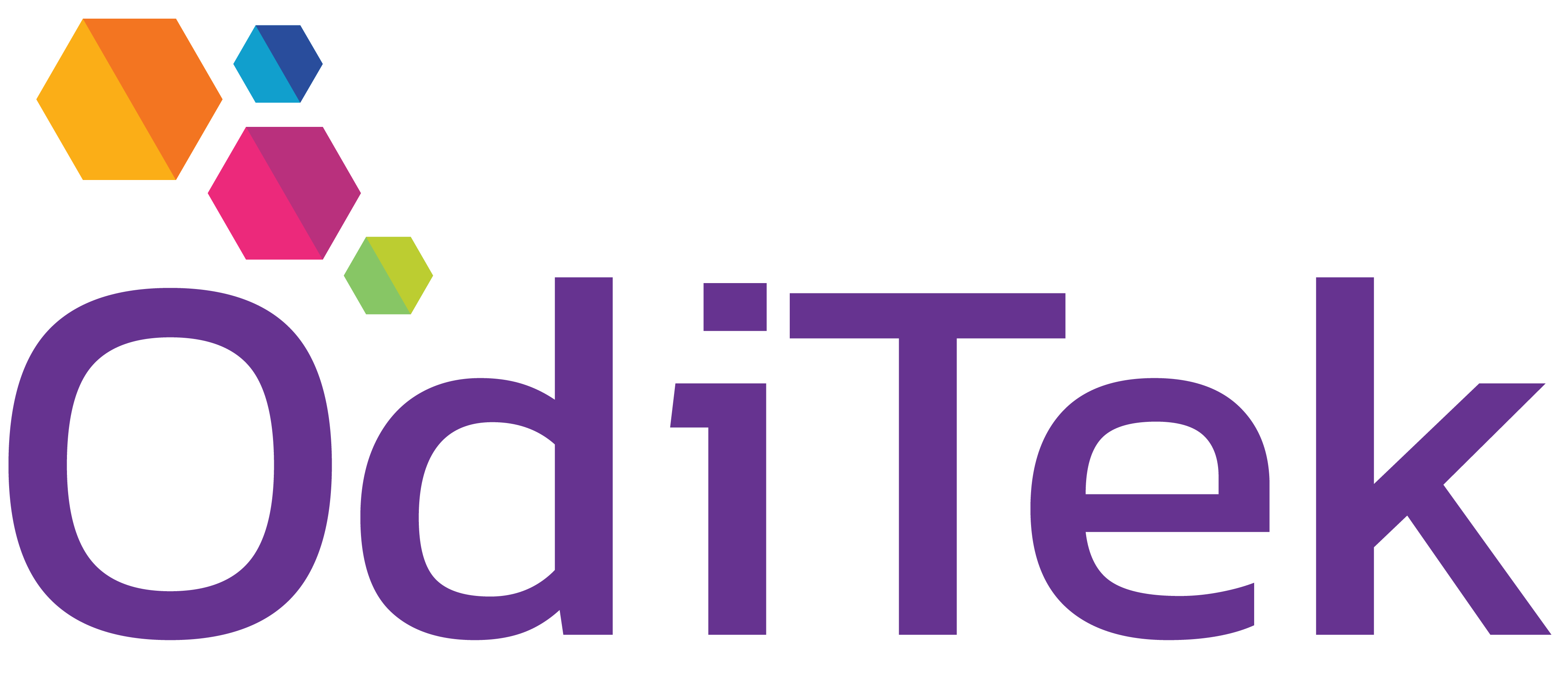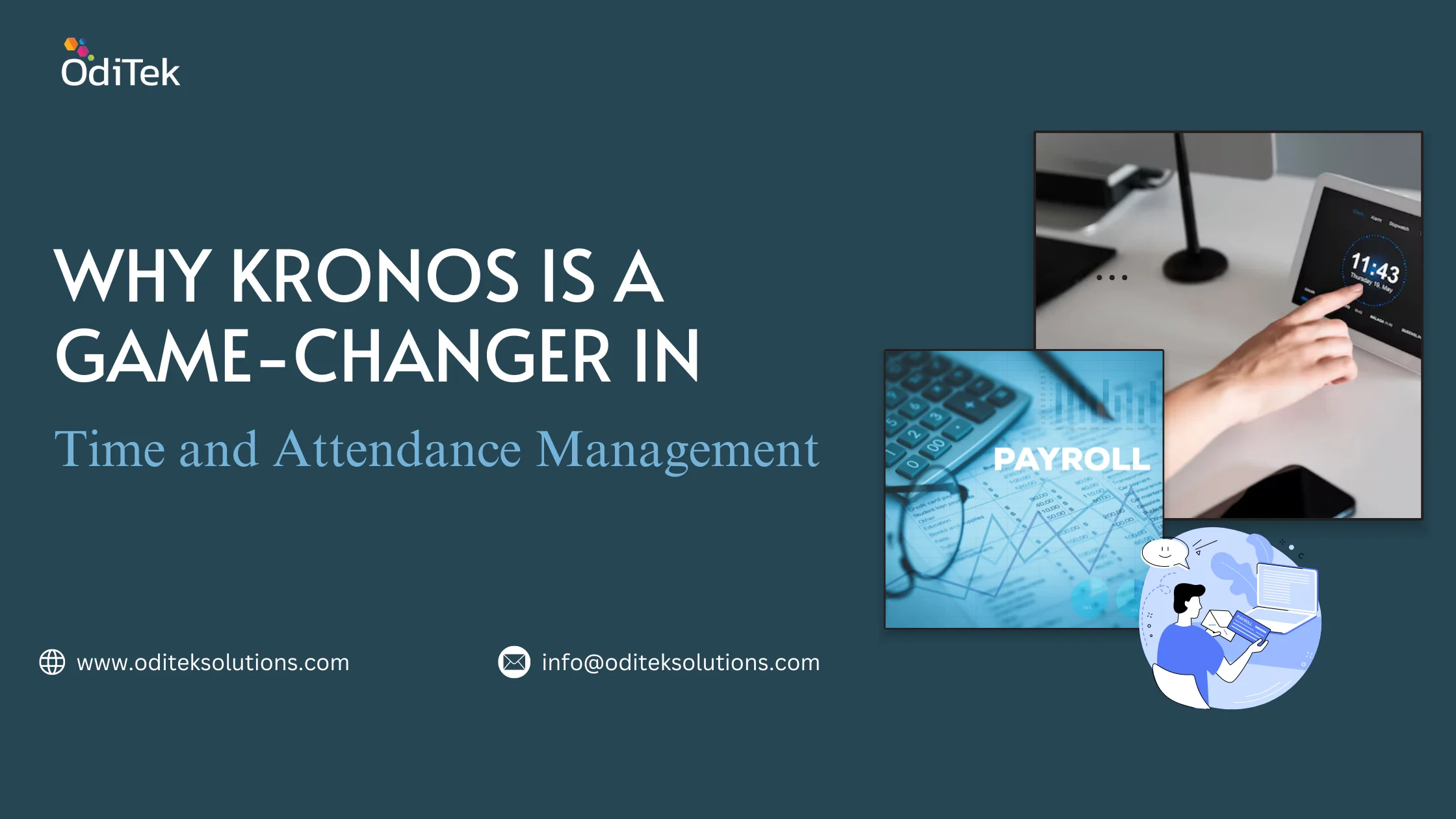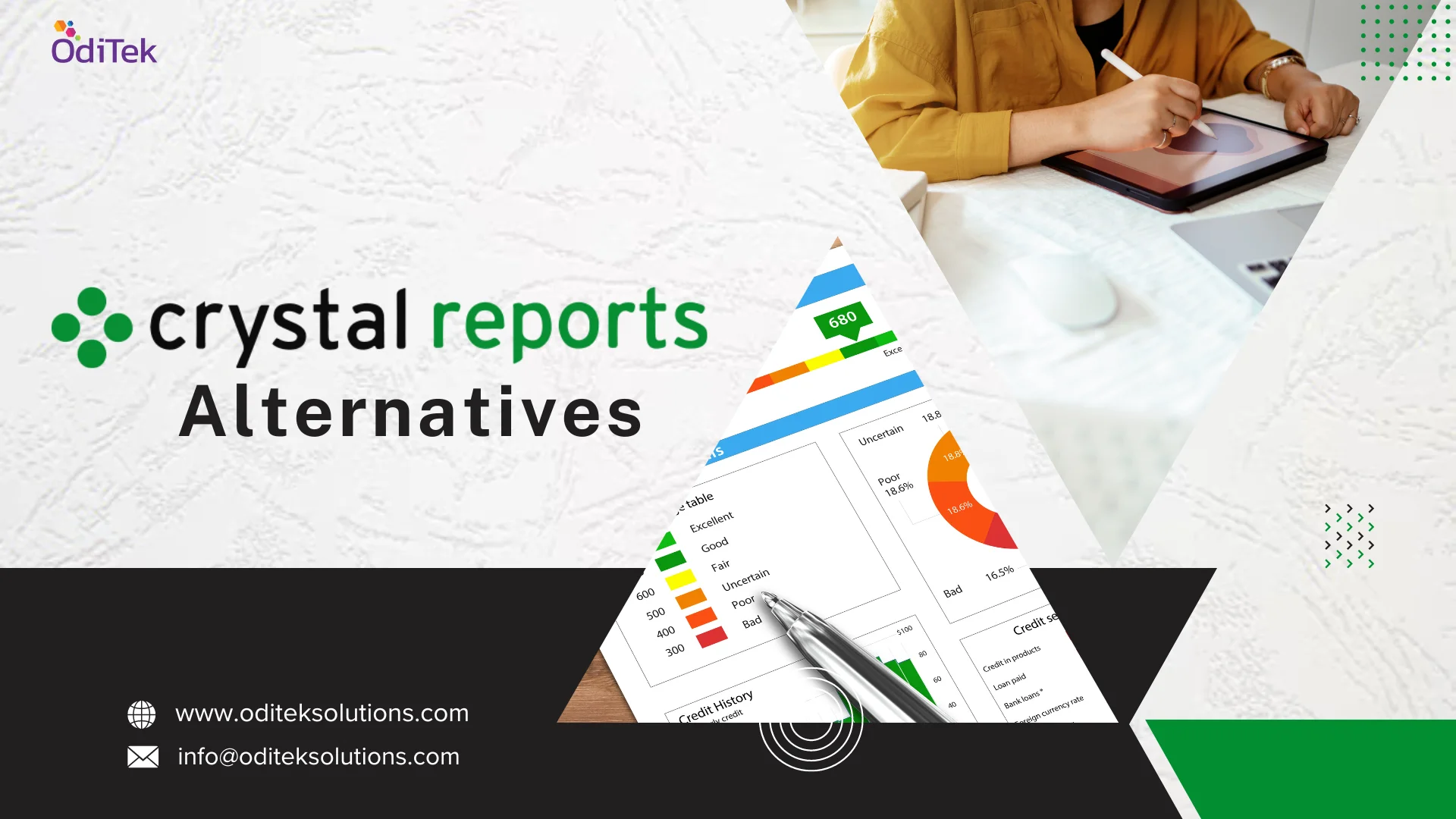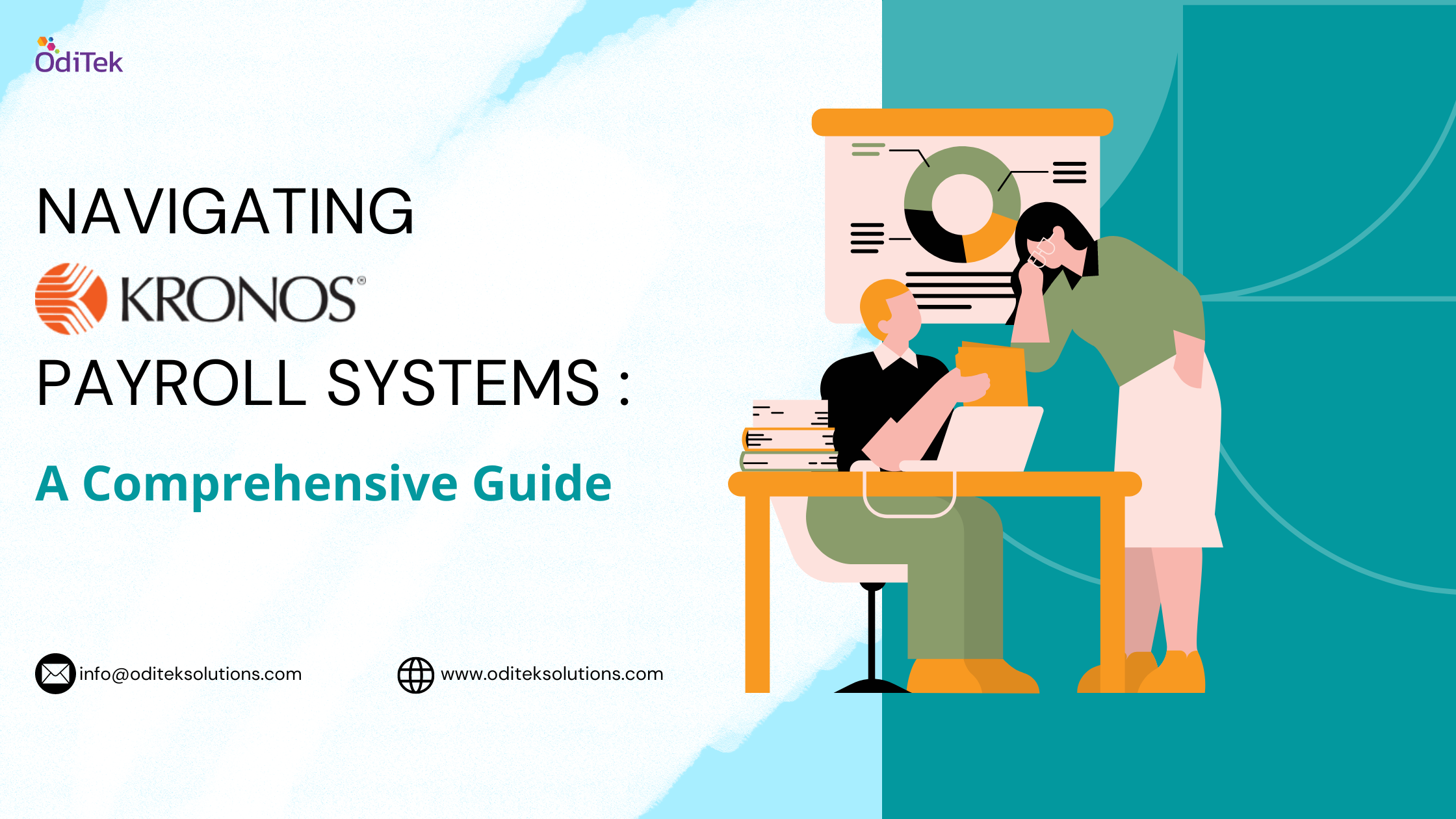Contemporary digital landscape needs the utmost importance to be placed on ensuring data security and integrity. For businesses running on Dynamics 365, audit trails are a fundamental tool for tracking data modifications. But audit trails are just the first step. This blog post delves deeper, exploring how to effectively monitor data changes in Dynamics 365 and Dynamics 365-SIEM integration for a more comprehensive understanding.
Audit Trails: The Backbone of Data Tracking in Dynamics 365
In the intricate world of data management, where information reigns supreme, the ability to track and monitor changes is a non-negotiable requirement for businesses. At the core of this capability lies the robust audit logging functionality within Dynamics 365, acting as the indisputable backbone of data tracking. This blog post sheds light on how Dynamics 365’s audit trails serve as the cornerstone for maintaining data integrity, offering a chronological record that answers the fundamental questions of “who, what, when, and where” whenever data undergoes modifications.
• Understanding the Basics
Dynamics 365’s audit logging system operates as a meticulous record-keeper, diligently capturing every instance where data is created, edited, or deleted. This functionality provides a granular and detailed account of changes made within the system, forming the foundation for a comprehensive data tracking strategy.
• The Four Ws of Data Modifications
The audit logs generated by Dynamics 365 serve as a time-stamped narrative, unveiling the “who, what, when, and where” details of each data modification. This means that organizations can precisely identify the user responsible for the change, discern the specific nature of the modifications made, pinpoint the exact moment when the changes occurred, and understand the context by determining where the changes originated.
• Chronological Record of Changes
One of the distinctive features of Dynamics 365’s audit trails is their chronological nature. The logs provide a seamless timeline of data modifications, allowing organizations to trace the evolution of records over time. This chronological record not only aids in troubleshooting and issue resolution but also empowers businesses with historical insights, supporting informed decision-making.
• User Accountability and Transparency
Audit trails reinforce user accountability by attributing data modifications to specific individuals. This transparency not only acts as a deterrent against unauthorized changes but also fosters a culture of responsibility among users. Knowing that their actions are logged ensures that users approach data with a heightened sense of awareness and accountability.
• Identifying Specific Modifications
Beyond user accountability, audit trails excel in revealing the specifics of data modifications. Whether it’s a change in values within a field, the creation of new records, or the deletion of existing data, Dynamics 365’s audit logs provide a detailed breakdown of the alterations, enabling organizations to understand the nuances of each modification.
• Practical Applications
Audit trails find practical applications in various scenarios, including compliance audits, troubleshooting discrepancies, and investigating suspicious activities. By leveraging the data captured in audit logs, organizations can validate compliance, quickly resolve data-related issues, and conduct thorough investigations when needed.
Unlocking the Power of Context
While audit trails offer valuable information, they don’t tell the whole story. Imagine an audit log showing a change to a customer record. Understanding the “why” behind the change is crucial. Was it a legitimate update, or a potential security breach?
Going Beyond the Trail: Uncovering the “Why”
Moving beyond the basic audit trail in Dynamics 365 opens up a world of nuanced insights into data changes. While the audit trail answers the “who” and “when,” understanding the “why” requires a deeper exploration. Here’s a multifaceted approach to gaining a more nuanced perspective on data changes:
1. User Intent Analysis
Look beyond the surface of the audit trail and delve into the realm of user intent. Beyond just identifying the “who” behind a modification, consider the user’s role and their typical actions within the Dynamics 365 environment. For instance, a salesperson routinely updating customer records is a common activity, but an unauthorized user making similar changes raises immediate red flags. Understanding user intent adds a layer of context to data modifications, allowing for more informed decision-making in response to changes.
2. Data Validation Rules as Safeguards
Implementing robust data validation rules serves as a proactive measure to restrict invalid or nonsensical changes. For instance, consider a validation rule preventing negative values in a sales quote. Any deviations from these established rules can indicate accidental errors or potentially malicious intent. By enforcing data validation rules, organizations not only enhance the accuracy and reliability of their data but also create a built-in mechanism for identifying and addressing suspicious activities.
3. Fortifying Security with Field-Level Security
Another crucial aspect of going beyond the audit trail is the implementation of field-level security. This entails controlling access to specific data fields based on user roles and permissions. By doing so, organizations minimize the risk of unauthorized modifications and simplify the identification of suspicious activity. Field-level security serves as a strategic safeguard, ensuring that only authorized users with the requisite permissions can make changes to specific data fields. This not only strengthens data security but also streamlines the process of pinpointing and addressing potential security threats.
Advanced Monitoring for Enhanced Security: Dynamics 365-SIEM integration
In the pursuit of enhanced security, Dynamics 365’s integration with SIEM solutions emerges as a game-changer. By providing a centralized view of security events and facilitating the correlation of data changes with broader security contexts, this advanced monitoring approach equips businesses with the tools needed to detect, respond to, and mitigate potential threats effectively. As the digital landscape continues to evolve, the Dynamics 365-SIEM integration stands as a proactive and strategic measure, ensuring that organizations stay one step ahead in safeguarding their valuable data and maintaining a resilient security posture.
Conclusion
Audit trails are a starting point for monitoring data changes in Dynamics 365. By leveraging additional techniques like context analysis, data validation, and advanced security tools, you gain a deeper understanding of why data is being modified. This empowers you to ensure data integrity, identify potential security risks, and maintain a robust security posture for your Dynamics 365 environment.
For additional information regarding our technology and for Dynamics 365-SIEM integration, please feel free to reach out to us. We welcome any inquiries and would be delighted to provide further assistance. Your queries are important to us, and we look forward to the opportunity to support your needs.







